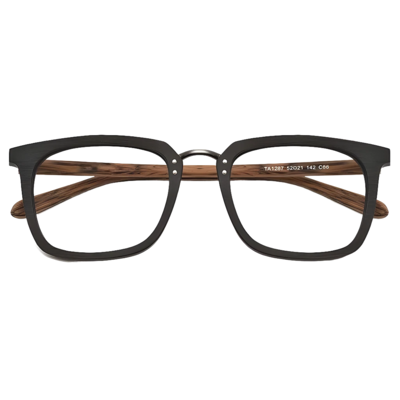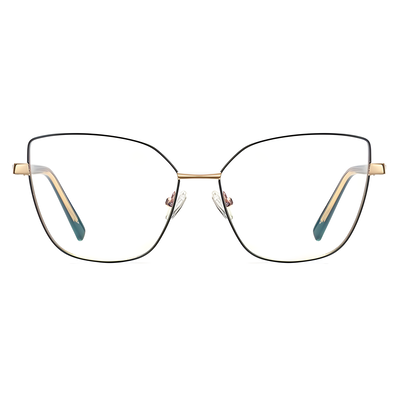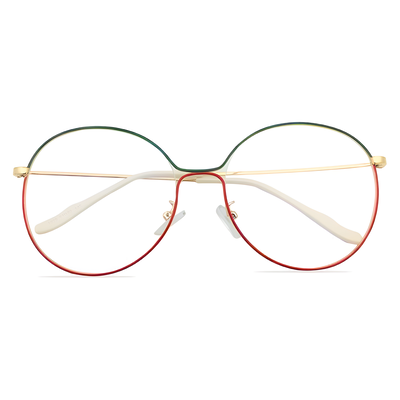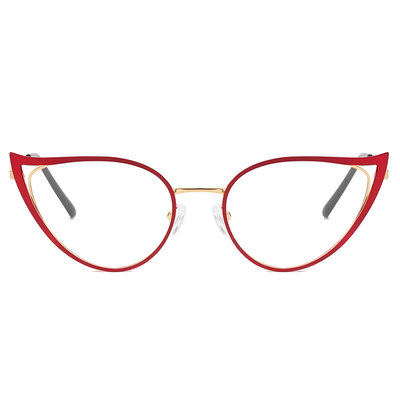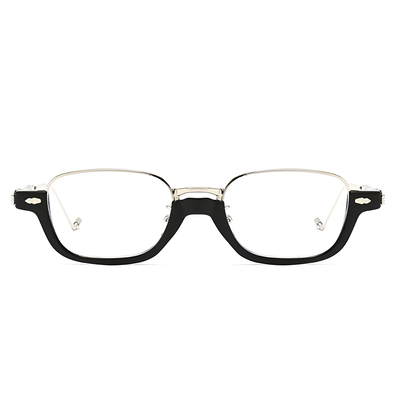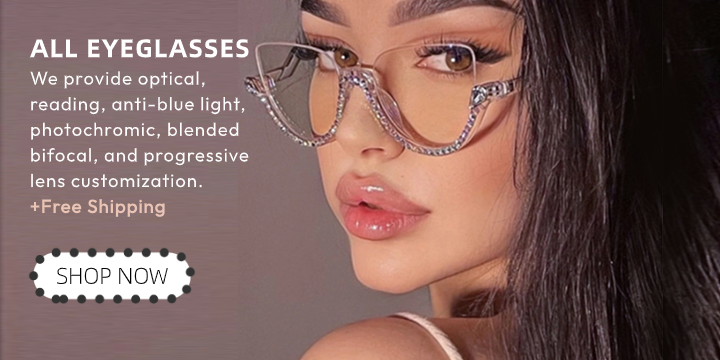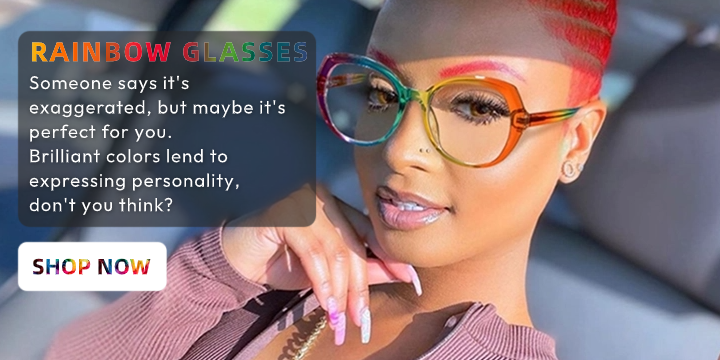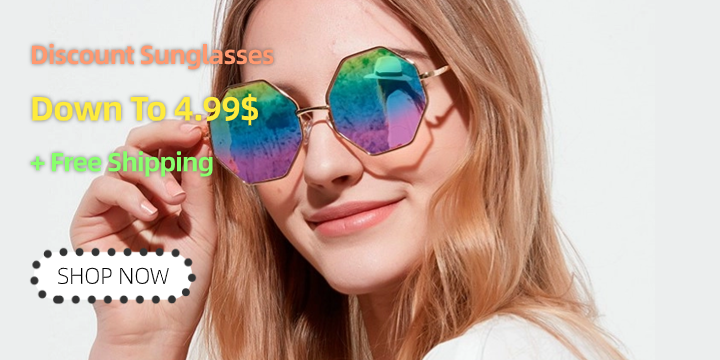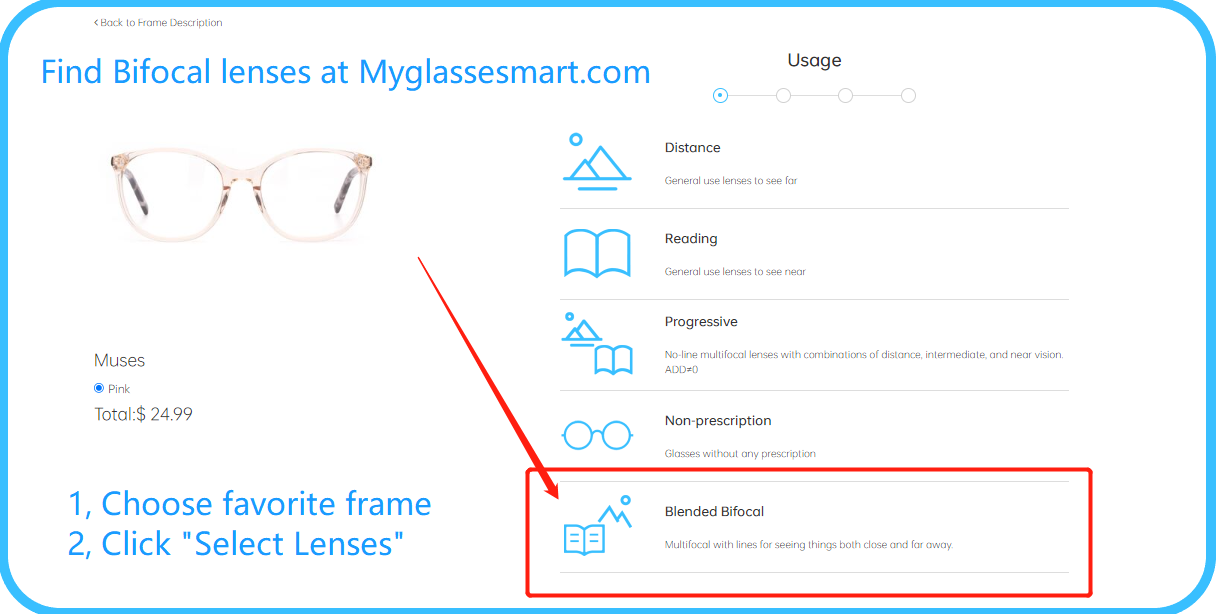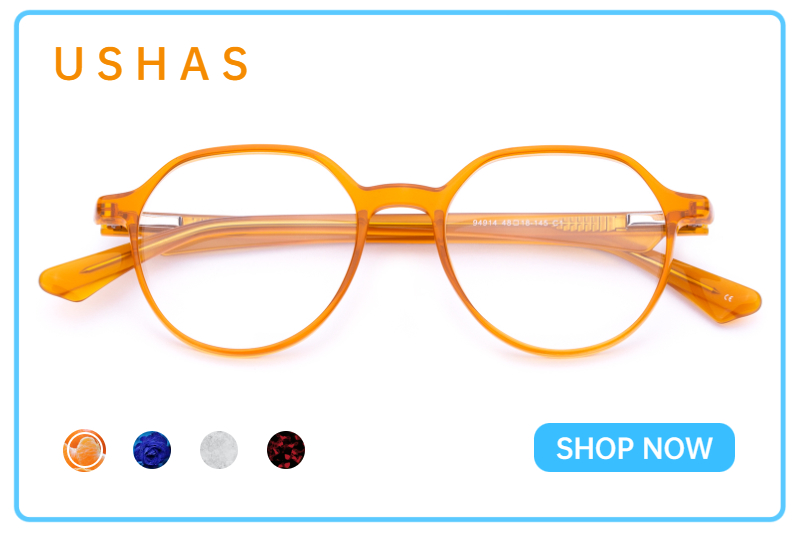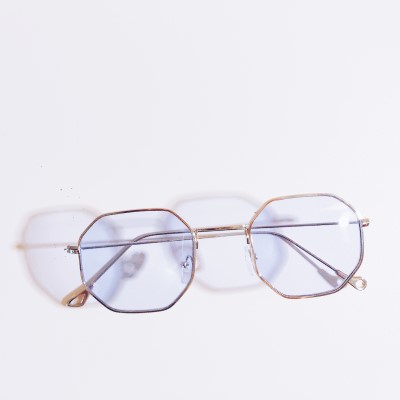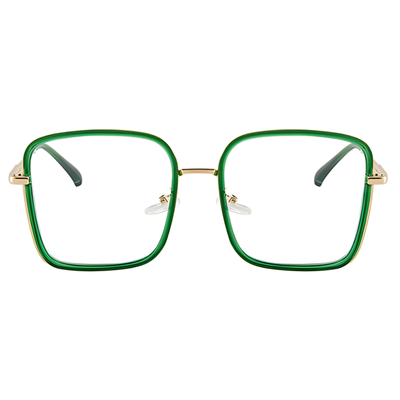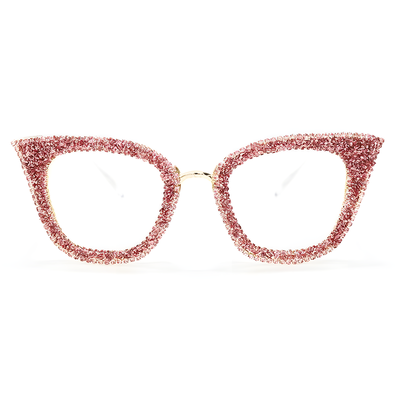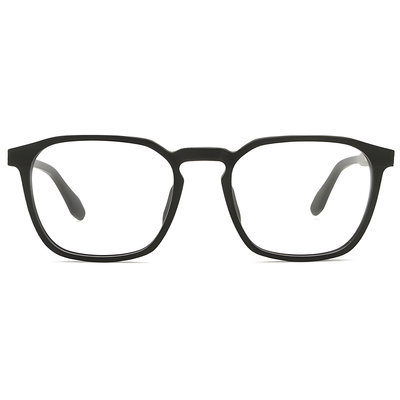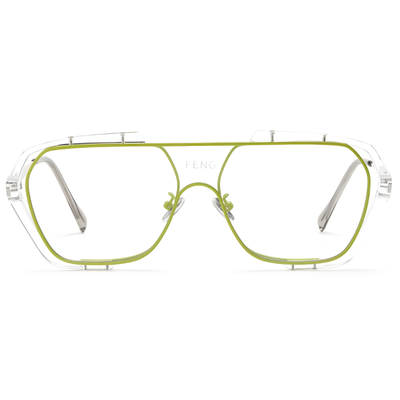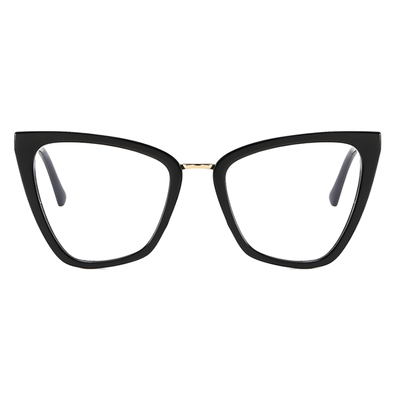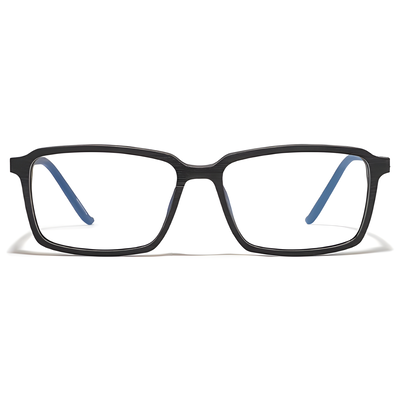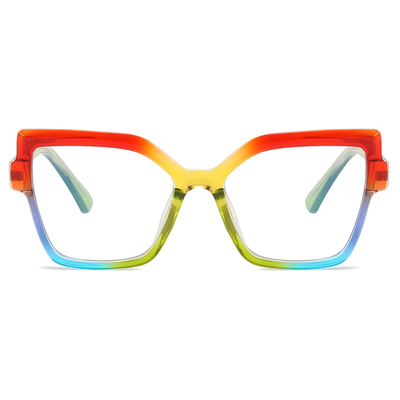Blended bifocal is a type of bifocal lens. But there are differences from ordinary bifocals. Similar to internal bifocals, the lines of blended bifocals are positioned inside the lens, but they are noticeably softer and less noticeable.
Still finding this concept a bit abstract? As we age or when selecting eyewear for elderly family members, choosing the right pair of bifocals becomes crucial as it can greatly enhance the quality of life and mitigate potential vision-related risks. Therefore, it's essential to have a good understanding of the relevant information.
In this blog, we will address the following questions to provide you with a clearer grasp of blended bifocals and help you make an informed decision when selecting the perfect glasses for your needs.
- What is blended bifocal?
- Blended bifocals vs progressive lenses: what are their differences?
- Pros & cons of blended bifocals

What is a blended bifocal?
Before we discuss the concept of blended bifocals, let's first understand what bifocals are - they are eyeglasses designed to aid individuals, particularly the elderly.
1. What are bifocals?
Bifocals, as the name suggests, have two distinct segments. The upper part provides correction for distance vision, useful for activities like driving and walking, while the lower part is intended for near vision, such as reading or using mobile phones. When bifocal lenses were initially introduced, they were considered a great solution for people with both nearsightedness and farsightedness, eliminating the need to frequently switch between different pairs of glasses. However, as people began using them, some shortcomings of bifocals also came to light.
The most significant disadvantage of traditional bifocal glasses is the lack of a smooth transition between the distance and near vision segments, resulting in a noticeable line that can cause a prism effect. This can lead to a sensation of unsteadiness or difficulty adjusting, especially for elderly wearers, which poses safety concerns.
Additionally, the visible line between the two segments of bifocals can be aesthetically unappealing to some wearers, and it may cause discomfort or self-consciousness for younger users due to its obvious appearance.

2. Different Types of Bifocals:
Bifocal lenses are available in several variations, including:
- Internal bifocals
- Fused bifocals
- Blended bifocals
- Progressive lenses
With technological advancements, no-line bifocals have emerged and gained popularity. "No-line" here doesn't mean the absence of lines, but rather a smoother and more blurred appearance of the lines on the lens, creating an almost transparent effect.
3. What are blended bifocals?
Blended bifocals fall into the category of no-line bifocals. The lines on these lenses appear very smooth and can be further polished or refined to achieve an even smoother effect. While the lines are not entirely eliminated, they are minimal, usually about 1 millimeter in length, and are easily ignored or adapted to.
Another type of no-line bifocal lens is the progressive lens. Unlike traditional bifocals with two distinct segments, progressive lenses have a gradual change in magnification across the lens. They offer three levels of magnification, with the top being transparent for normal vision. As the eyes move down the lens, the magnification increases gradually, providing intermediate and near vision correction.
In conclusion, blended bifocals are a type of no-line bifocals with smooth and nearly invisible lines, offering a more natural and aesthetically pleasing appearance while maintaining the benefits of near and far vision correction. Progressive lenses, on the other hand, provide a seamless transition between different magnifications within a single lens.

Blended bifocals vs progressive lenses: what are their differences?
Blended bifocals and progressive lenses may be similar in that they appear to be no-line, but there are still many outstanding differences. We can check the differences in the table below.
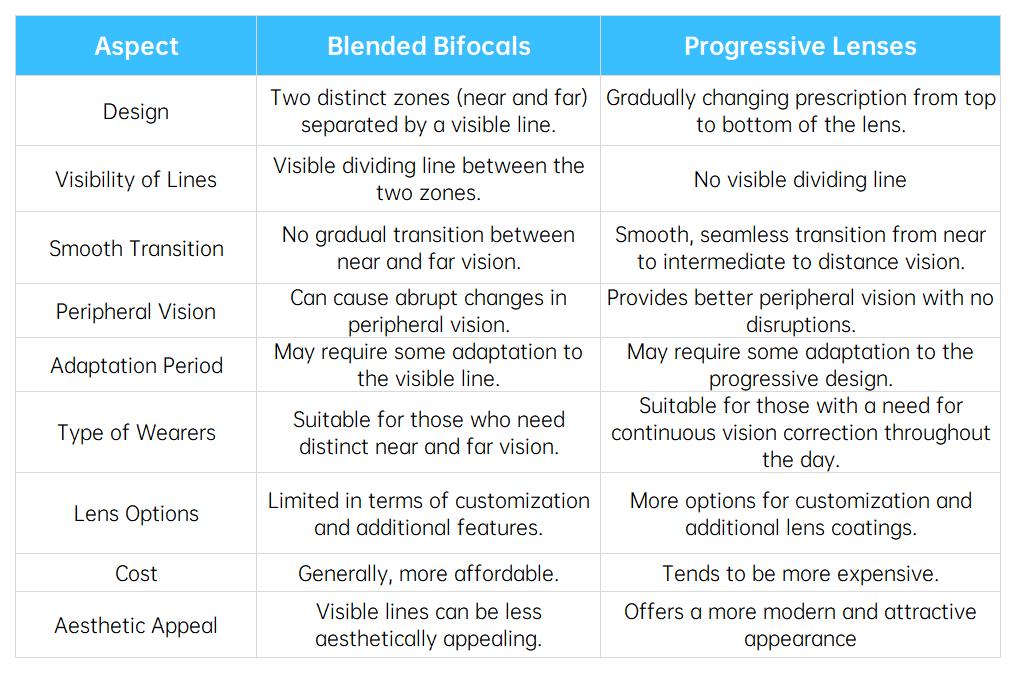
Pros & Cons Considered of Blended Bifocals
Before you decide on your purchase, we should also go over blended bifocals’ pros and cons to make a better decision:
Pros of Blended Bifocals:
- Aesthetic Appeal: Blended bifocals offer a more aesthetically pleasing appearance due to the smooth transition between different focal points on the lens. The lack of a visible line makes them look like regular single-vision glasses.
- Discretion: The smooth edges of blended bifocals make it difficult for others to notice that the wearer is using bifocals, providing a more discreet solution for vision correction.
Cons of Blended Bifocals:
- Image Blurriness: The "smooth" area of the lens, where the transition occurs, is not specifically designed for nearsighted or farsighted correction. As a result, when looking through this area, there can be increased blurriness in the vision.
- Limited Correction: Blended bifocals may not provide an accurate or customizable correction for near and far vision compared to traditional bifocals or progressive lenses.

Wrapping up
Everyone gets old. Declining vision is many times hard to avoid, and a proper pair of eyeglasses helps us to still have a high quality of life. We hope this article's information about blended bifocals and bifocals has been helpful to you.



